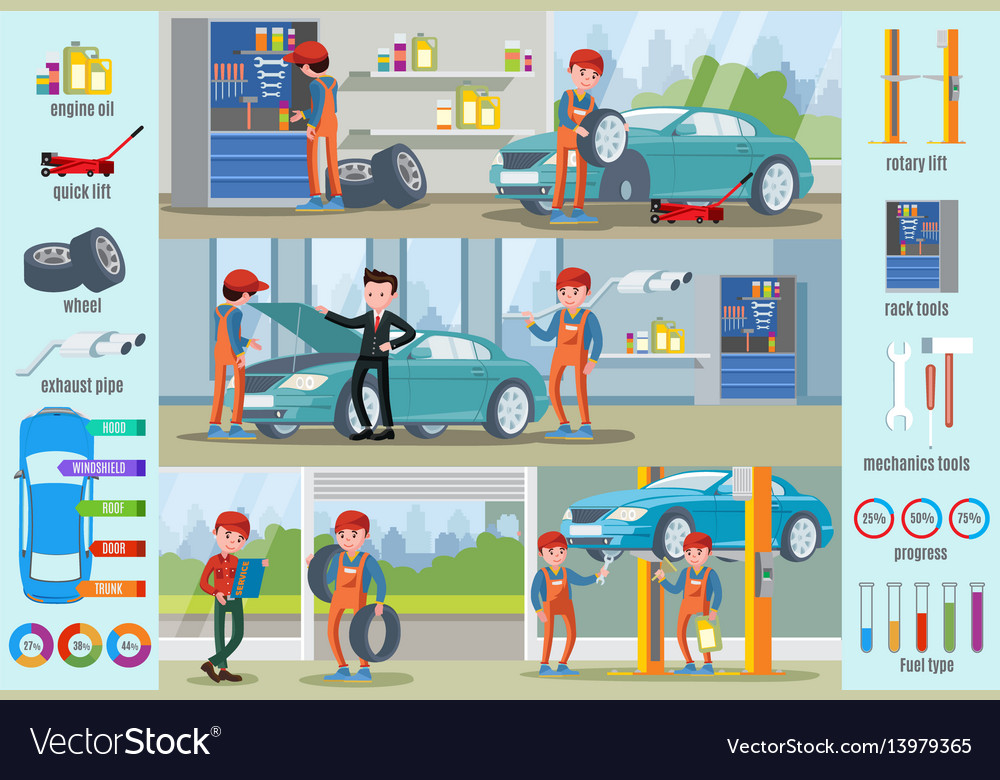Comprehending The Value Of Your Vehicle'S Warning Signals: What They Actually Represent
Comprehending The Value Of Your Vehicle'S Warning Signals: What They Actually Represent
Blog Article
Web Content Writer-Boye Gilbert
When you're behind the wheel, those glowing warning lights on your control panel can be a bit bewildering. Do you recognize what they're trying to inform you regarding your vehicle's wellness? Recognizing the importance of these lights is essential for your safety and the durability of your automobile. So, the following time one of those lights pops up, wouldn't you wish to analyze its message properly and take the essential steps to address it?
Common Caution Lights and Interpretations
Identify typical caution lights in your cars and truck and understand their definitions to make certain safe driving.
One of the most regular caution lights consist of the check engine light, which signals problems with the engine or exhausts system. If this light begins, it's essential to have your automobile checked immediately.
The oil pressure alerting light indicates low oil pressure, calling for immediate interest to prevent engine damages.
A blinking battery light could suggest a faulty billing system, possibly leaving you stranded if not resolved.
The tire stress tracking system (TPMS) light signals you to low tire pressure, affecting lorry stability and fuel efficiency. Ignoring this can bring about dangerous driving conditions.
The abdominal muscle light shows an issue with the anti-lock braking system, endangering your ability to quit rapidly in emergencies.
Last but not least, the coolant temperature level advising light warns of engine overheating, which can result in severe damage otherwise fixed promptly.
Recognizing these common warning lights will certainly help you deal with issues promptly and keep secure driving conditions.
Value of Prompt Focus
Comprehending the common caution lights in your cars and truck is only the very first step; the significance of without delay dealing with these cautions can't be emphasized enough to guarantee your security on the road.
When a caution light illuminates on your control panel, it's your cars and truck's means of communicating a potential concern that needs interest. Overlooking these warnings can cause a lot more severe problems later on, jeopardizing your safety and security and potentially costing you more out of commission.
Trigger focus to cautioning lights can stop break downs and mishaps. For example, a blinking check engine light can suggest a misfire that, if left neglected, might trigger damages to the catalytic converter. Resolving https://chancevqlez.wizzardsblog.com/30274762/are-you-curious-regarding-situating-the-finest-car-repair-shop-in-your-location-discover-the-top-10-ideas-that-will-certainly-aid-you-in-making-a-well-informed-selection can save you from a pricey fixing.
Likewise, a brake system alerting light might signal reduced brake fluid or worn brake pads, critical parts for your safety and security when driving.
Do It Yourself Troubleshooting Tips
If you see a warning light on your control panel, there are a few do it yourself repairing pointers you can attempt before looking for specialist assistance.
The very first step is to consult your auto's manual to understand what the specific caution light shows. Often the issue can be as easy as a loosened gas cap setting off the check engine light. Tightening up the gas cap may resolve the issue.
One more usual problem is a reduced battery, which can trigger numerous alerting lights. Examining Recommended Web page for deterioration and ensuring they're secure could fix the issue.
If a warning light continues, you can try resetting it by detaching the automobile's battery for a few mins and afterwards reconnecting it. Furthermore, checking your automobile's fluid levels, such as oil, coolant, and brake liquid, can help fix warning lights related to these systems.
Verdict
In conclusion, recognizing your auto's warning lights is necessary for maintaining your vehicle running efficiently and safely. By quickly dealing with these signals and knowing what they suggest, you can stay clear of pricey repair work and prospective break downs.
Remember to consult your auto's handbook for particular details on each advising light and do something about it accordingly to ensure a trouble-free driving experience.
Keep notified, remain risk-free on the road!
